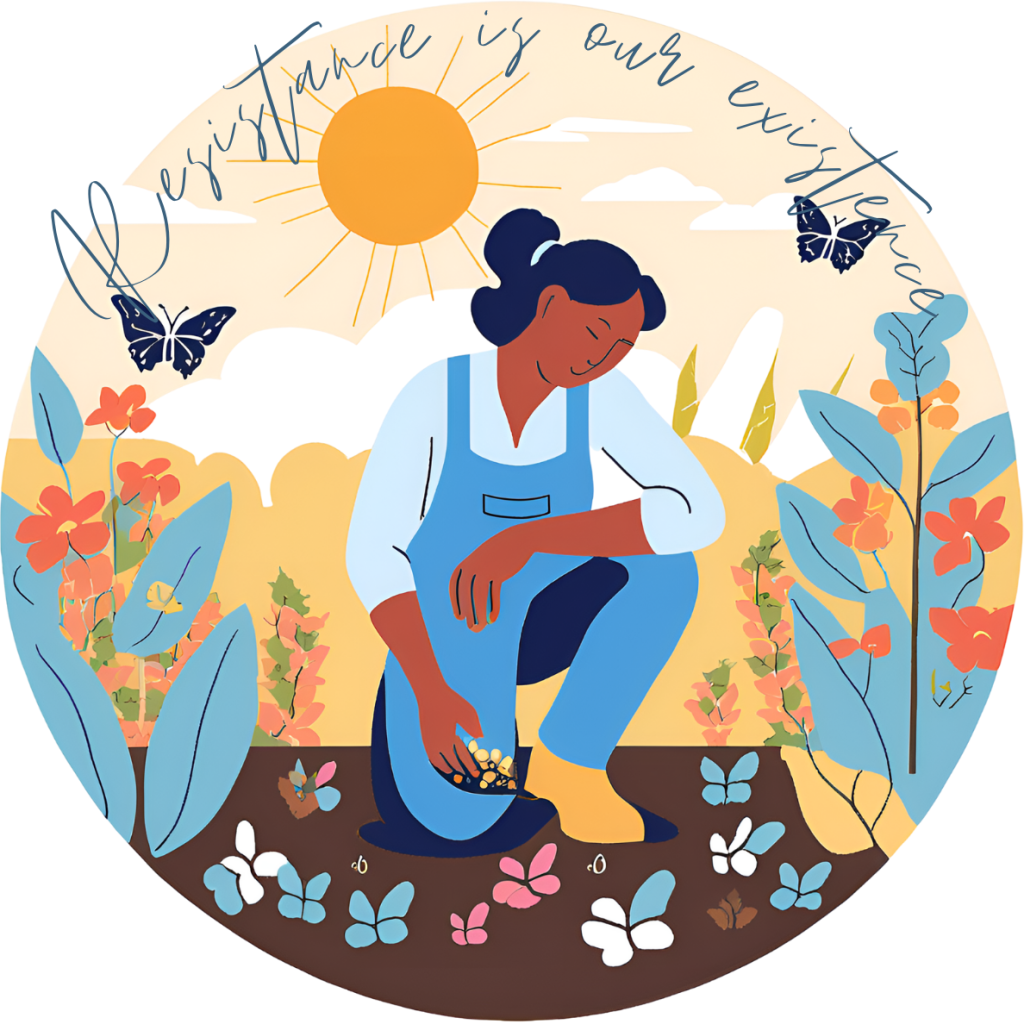
How to Start and Maintain a Seed Exchange in New England
In a time when corporate agriculture, seed monopolies, and unstable food systems dominate the American landscape, starting a seed exchange — or even a local seed bank — is a serious act of resistance. Saving and sharing seeds reclaims the right to grow food independently, preserves biodiversity under threat, and strengthens local resilience against political and environmental uncertainty. It’s a quiet but radical way to assert community self-sufficiency in the face of increasingly centralized control over what we eat, plant, and harvest.
In New England — where the seasons are sharp and traditions run deep — building local seed networks also offers something else: a chance to truly know your neighbors. Through a seed exchange, you create a community rooted in shared abundance rather than competition, where gardeners, farmers, and seed-savers support each other across town lines, generations, and backgrounds.
This work is not just about preserving plants; it’s about preserving relationships — between people, between cultures, and between communities and the land that sustains them.
By planting and saving seeds together, we plant the foundation for mutual aid, food sovereignty, and a more resilient future.
This guide will walk you through how to start and sustain a seed exchange here in New England, where land, history, and human grit have always been tightly woven together.
Why Seed Exchanges Matter in New England
New England’s cold winters, short growing seasons, and variable soils mean that plants well-adapted to the region are incredibly valuable. By exchanging locally grown seeds:
- You help preserve varieties that have proven success in our climate.
- You support biodiversity and resilience by keeping a wide genetic pool alive.
- You build strong networks of gardeners, farmers, and seed savers across towns and states.
Many heirloom varieties historically cultivated here — from Vermont cranberry beans to Maine’s ‘Blue Hubbard’ squash — are worth protecting and sharing.
How Seed Exchanges Help Preserve New England’s Best Varieties
Saving seeds from plants that perform well in New England’s unique conditions — cold winters, humid summers, short growing seasons — helps build a regionally adapted seed supply over time. Here’s how to focus your exchange on preservation:
- Prioritize open-pollinated and heirloom seeds: Hybrid seeds don’t grow true to type, but heirlooms can be saved generation after generation. Encourage participants to bring seeds from varieties they have grown successfully themselves.
- Document local success stories: Create a seed-saving form that records where seeds were grown, under what conditions (e.g., “grown successfully in a coastal Maine garden, full sun, heavy clay soil”). Over time, you’ll build a seed bank adapted to very specific New England microclimates.
- Highlight traditional crops: Promote and circulate seeds from regional crops like:
- Boston Marrow Squash
- Jacob’s Cattle Beans
- Gilfeather Turnip (the state vegetable of Vermont!)
- New England Asters and native milkweeds for pollinator gardens
- Save seeds from plants that resist local challenges: Look for varieties naturally resistant to late blight (common in New England tomatoes) or tolerant of cool soil germination.
Over time, this careful saving and sharing makes local food systems stronger, less dependent on commercial seed companies that may prioritize non-regional varieties.
How Seed Exchanges Support Biodiversity and Resilience
Biodiversity — the variety of life in a given area — is critical to the health of gardens, farms, and natural systems. Seed exchanges support biodiversity in New England by:
- Encouraging rare and heritage varieties: Commercial agriculture often focuses on just a few high-yield varieties. Seed exchanges can revive forgotten or neglected plants that provide important traits like drought tolerance or pest resistance.
- Creating a wider genetic pool: When more varieties are grown and saved by more people, the gene pool stays robust. This means that crops are better able to survive new pests, diseases, or extreme weather events.
- Strengthening ecosystems: Exchanging seeds for native plants — like bee balm, black-eyed Susan, or Joe-Pye weed — enhances habitat for local pollinators, birds, and beneficial insects.
Resilience comes from diversity. If one crop fails due to disease or an unusual weather pattern, other varieties may thrive. Building this resilience locally helps New England gardens and farms withstand the increasing unpredictability of climate change.
How to Build Strong Seed-Saving Networks in New England
Building networks is key to a vibrant, sustainable seed exchange movement. Here’s how to do it effectively:
- Start local, but think regionally: Begin with your town or county, but connect with similar efforts across New England (Maine, Vermont, New Hampshire, Massachusetts, Rhode Island, and Connecticut). Climate zones and growing challenges are often similar enough to share seeds successfully.
- Leverage existing groups:
- Partner with local Grange chapters, land trusts, historical societies, and farmers’ markets.
- Connect with Master Gardeners through Cooperative Extension programs.
- Team up with organizations like NOFA-NH, NOFA-MA, and Slow Food New England.
- Host regular meetups:
Offer seasonal gatherings — a “Spring Seed Swap” in February and a “Fall Harvest Seed Exchange” in October — where people can share not just seeds but knowledge. - Create online communities:
A simple Facebook group, email list, or website can allow people to post seed availability, swap stories, and ask for growing advice year-round. - Tell and share stories:
Seed-saving isn’t just about the plants; it’s about people and traditions. Highlight members who have been growing the same tomato variety for 30 years, or whose ancestors brought squash seeds from Italy to Rhode Island. Stories build belonging.
By building strong, interconnected seed-saving networks, you help ensure that even if one garden fails, the seeds — and the stories they carry — live on elsewhere.
Final Thoughts
In New England, where connection to the land is both historical and deeply felt, starting a seed exchange is far more than a hobby — it’s an act of stewardship, resistance, and hope.
By saving seeds, sharing them freely, and building networks of trust, we reclaim a measure of power over our food, our environment, and our future.
At a time when industrial agriculture, climate uncertainty, and political instability threaten biodiversity and local resilience, seed exchanges offer a living, breathing alternative: communities rooted in abundance rather than scarcity, mutual support rather than isolation.
Each seed exchanged carries with it more than genetic material — it carries stories, skills, and a quiet defiance.
By sowing these seeds in our gardens and in our neighborhoods, we are cultivating not just plants, but a culture of self-reliance, cooperation, and renewal.
If you start a seed exchange today, you’re planting more than a garden — you’re planting a future where communities thrive, together.

Leave a Reply